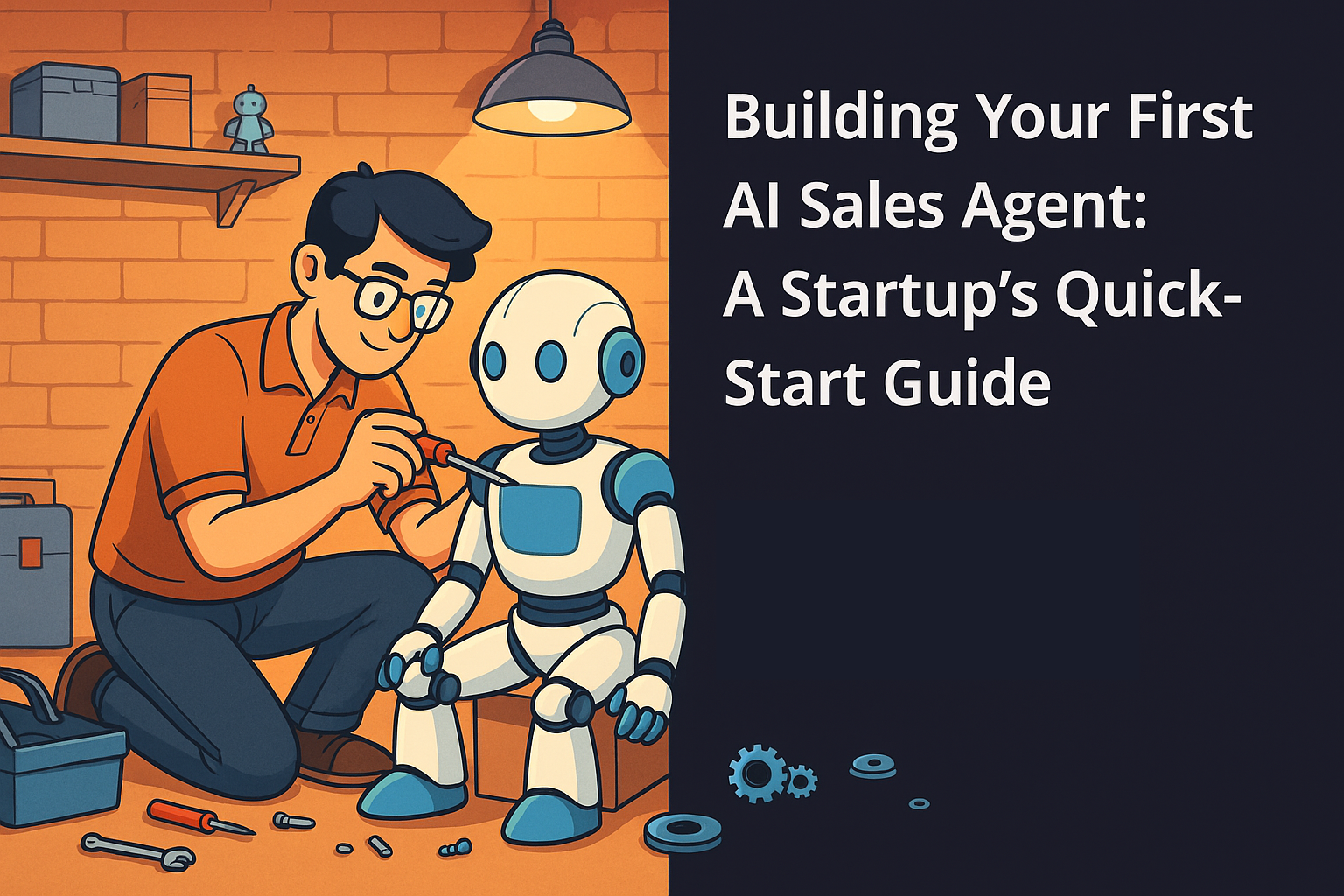Securing venture capital can make or break your startup. The hard part about obtaining venture capital is getting the attention of the VCs. An effective and easy way to do this is cold emailing. When done correctly, cold emailing can open doors to meetings and partnerships. In this blog post we will delve into how to use cold emails to get in front of VCs.
Understanding the Power of Cold Emails
You probably understand what cold emails are - unsolicited messages sent to people that you don’t have a prior relationship with. Unlike warm leads, cold emails require a strategic approach that ensures capturing the attention of the recipient.
When considering how to use cold emails to get in front of venture capitalists, it’s crucial to understand that VCs receive hundreds, if not thousands, of emails daily. Therefore, your email needs to stand out. This means being concise, relevant, and tailored to the VC’s interests and investment focus. By doing so, you can increase the likelihood that your email will be read and that you’ll get a foot in the door.
Researching Your Target Venture Capitalists
Before crafting your cold email, it's essential to do your homework. Understanding who you’re emailing and what they’re interested in can make a significant difference in your success rate. When figuring out how to use cold emails to get in front of venture capitalists, you must identify VCs who have a track record of investing in your industry or have shown interest in startups similar to yours.
Start by researching the VC’s portfolio, their past investments, and any content they’ve published or shared on social media. This information will help you personalize your email and demonstrate that you’ve done your research. Additionally, it’s important to find out the best person within the VC firm to contact. Often, reaching out to a junior partner or associate who handles deal sourcing can be more effective than emailing a senior partner directly.
Crafting a Compelling Subject Line
The subject line of your cold email is the first thing a venture capitalist will see, and it can make or break your chances of getting noticed. When learning how to use cold emails to get in front of venture capitalists, focus on crafting a subject line that is both intriguing and informative. It should give the VC a reason to open your email while being relevant to their interests.
A great subject line could be something like “Disrupting [Industry] with [Your Startup’s Name]” or “Investment Opportunity in [Your Industry] with 10x Potential.” These subject lines are specific, highlight the potential of your startup, and align with the VC’s goals of finding high-growth opportunities. Avoid generic subject lines that don’t provide any context or sound too salesy, as they’re likely to be ignored.
Writing the Email Body
Once you’ve nailed the subject line, it’s time to focus on the body of your email. The key to how to use cold emails to get in front of venture capitalists lies in the email's content. The email should be concise, personalized, and focused on the value proposition of your startup.
Start with a brief introduction that mentions who you are and why you’re reaching out. For example, “My name is [Your Name], and I’m the founder of [Startup Name], a company focused on revolutionizing [Industry].” This immediately gives the VC context about who you are and what your startup does.
Next, provide a compelling reason why the VC should be interested in your startup. This could be a recent milestone, a unique technology, or a strong market opportunity. Remember, VCs are looking for startups with the potential for high returns, so highlight what makes your startup a promising investment. For instance, you could write, “We’ve recently secured a partnership with [Big Company] and have seen 300% growth in the last six months.”
Personalizing the Email
Personalization is critical when understanding how to use cold emails to get in front of venture capitalists. A generic email will likely be ignored, but a personalized message shows that you’ve taken the time to research the VC and their interests. Mention something specific about the VC’s background or investment portfolio, and connect it to your startup.
For example, “I noticed that you’ve invested in [Similar Startup], which also operates in the [Industry] space. Our company complements this by [Explain How], and I believe there could be a strong synergy between the two.” This not only shows that you’ve done your homework but also positions your startup as a relevant and valuable opportunity.
Ending with a Clear Call to Action
The final component of your cold email should be a clear and direct call to action (CTA). When figuring out how to use cold emails to get in front of venture capitalists, a strong CTA can significantly increase your chances of getting a response. Your CTA should be specific and make it easy for the VC to take the next step.
Instead of a vague request like “Let me know if you’re interested,” try something more actionable, such as “I’d love to schedule a 15-minute call to discuss how [Startup Name] can deliver strong returns for your portfolio. Are you available next week?” This gives the VC a clear next step and shows that you respect their time.
Following Up
One of the most overlooked aspects of how to use cold emails to get in front of venture capitalists is the follow-up. If you don’t receive a response, don’t be discouraged. VCs are busy, and your email might have slipped through the cracks. A polite follow-up email can be a gentle reminder and show your persistence.
In your follow-up, briefly reiterate your value proposition and ask if they had a chance to review your previous email. Keep it short and to the point, as you don’t want to come across as pushy. A follow-up email like, “Just wanted to follow up on my previous email about [Startup Name]. I’d still love to discuss how we can work together. Do you have some time this week?” can often do the trick.
In the End
Cold emailing can be an effective way to get in front of venture capitalists and secure the funding your startup needs. By understanding how to use cold emails to get in front of venture capitalists, you can craft messages that stand out, resonate with the recipient, and ultimately lead to meetings and investments. Remember to research your targets, personalize your emails, and follow up if necessary. With persistence and the right approach, your cold email could be the first step toward a successful partnership with a venture capitalist.


.jpg)


.svg)